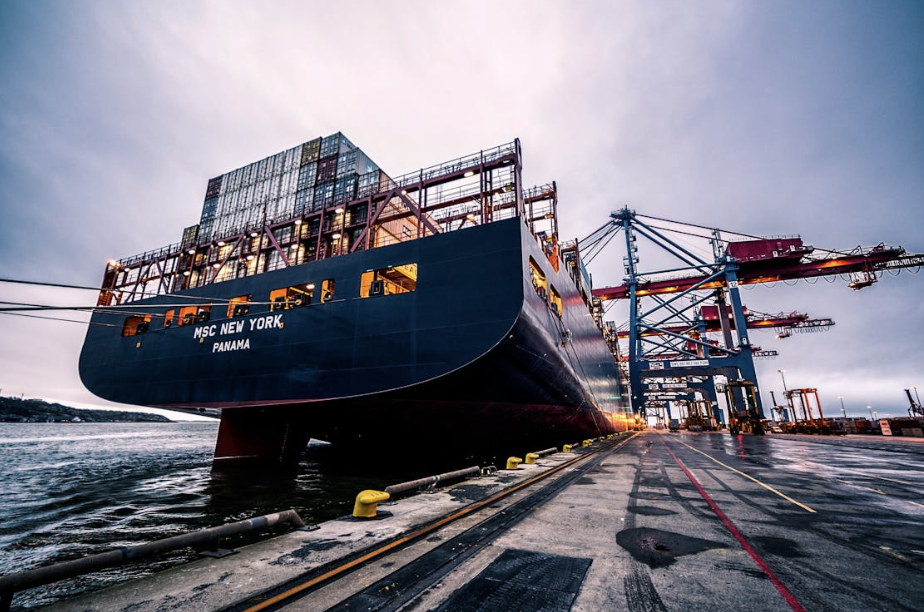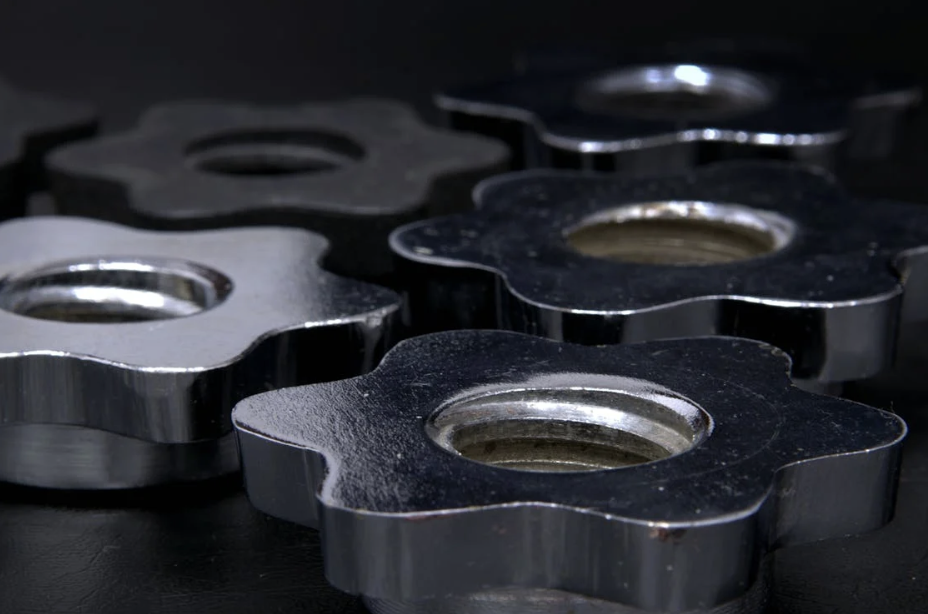Guide to Different Grades of Stainless Steel Plates and Their Uses
Stainless steel is a popular and versatile material known for its strength, durability, and resistance to corrosion. It is used in a wide range of industries, from construction to automotive to medical applications.
One of its most commonly used forms is stainless steel plates that come in various grades and offer specific properties that make them suitable for different applications. In this guide, we will explore these grades and discuss their unique characteristics, as well as the best uses for each grade.
What Are Stainless Steel Plates?
They are flat pieces of metal cut to different sizes and thicknesses, commonly used in construction, manufacturing, and other industrial processes. They are known for their excellent strength-to-weight ratio, corrosion resistance, and aesthetic appeal.
These are also available in various grades, which determine the material's strength and ability to withstand extreme temperatures and conditions. Understanding the different grades of stainless steel plates and their unique characteristics will help you select the right one for your project.
Grades of Stainless Steel Plates
-
304
It is one of the most commonly used grades of stainless steel, and it is known for its high resistance to corrosion and excellent formability. It is austenitic, which means it has a face-centered cubic crystal structure that makes it non-magnetic and highly ductile.
These plates are ideal for a wide range of applications, including kitchen equipment, food processing equipment, chemical containers, and architectural features. This grade is commonly used in industries where cleanliness and corrosion-free materials are essential. Additionally, it is highly resistant to oxidation and can withstand temperatures up to 870°C (1600°F).
Use Cases
-
Kitchen sinks, countertops, and backsplashes
-
Food and beverage processing equipment
-
Chemical storage tanks
-
Architectural elements like handrails and trim
-
316
316 stainless steel is a highly corrosion-resistant material that is often used in marine and chemical environments where exposure to harsh chemicals and saltwater is common. This grade contains molybdenum, which enhances its “immunity” to pitting and crevice damage, especially in chloride-rich environments.

These plates are used extensively in industries such as pharmaceuticals, petrochemicals, and food processing, where the absence of corrosion is paramount. This grade is also often chosen for marine environments due to its ability to resist seawater damage.
Use Cases
-
Marine applications such as boat hulls and components
-
Pharmaceutical manufacturing equipment
-
Chemical processing tanks and vessels
-
Food and beverage equipment exposed to harsh conditions
-
410
This is a martensitic grade that offers high strength and moderate corrosion resistance. It is magnetic and can be heat-treated to harden the material. It is often used in applications where strength is more important.

410 stainless steel plates are frequently used in manufacturing tools, valves, and machinery parts that require hardness and durability. It is also used for components like fasteners and shafts, which need to withstand wear over time.
Use Cases
-
Automotive parts such as exhaust systems and gears
-
Valve components and valve stems
-
Cutting tools and machinery parts
-
Fasteners, bolts, and nuts
-
430
430 stainless steel is a ferritic grade known for its good corrosion resistance, formability, and relatively low cost. Unlike austenitic grades like 304, this one is magnetic and is often used in indoor applications or environments where exposure to damaging elements is minimal.
Such plates are commonly used in household appliances: refrigerators, dishwashers, and stoves, as well as automotive trim and industrial equipment that requires a more cost-effective option.
Use Cases
-
Household appliances like dishwashers and ovens
-
Automotive trim and decorative parts
-
Kitchen utensils and sink components
-
Heating elements and industrial furnaces
Key Differences Between Stainless Steel Grades
-
Corrosion resistance: 316 offers superior corrosion resistance compared to 304, especially in chloride-rich environments. 430 and 410 are less resistant than 304 and 316 but are still suitable for certain applications.
-
Magnetism: 410 and 430 are magnetic, whereas 304 and 316 are non-magnetic, which makes them better choices for applications where magnetism is a concern.
-
Strength and hardness: 410 is the hardest and strongest of the grades mentioned, while 304 and 316 are more ductile and easier to form into different shapes.
-
Cost: 430 is generally more affordable than 304 and 316 grades, which makes it a popular choice for applications that don't require the highest level of corrosion resistance.
How to Choose the Right Grade for Your Application
Environmental Exposure
If the material will be exposed to harsh chemicals or saltwater, 316 is your best choice due to its exceptional corrosion resistance. If the application is in a less harsh environment, 304 may be more than sufficient.
Strength Requirements
For applications requiring high strength or wear resistance, such as automotive parts or heavy-duty machinery, 410 l is an ideal choice. Its high hardness and strength will play a key role here.
Cost Considerations
While 304 and 316 offer superior performance, they are more expensive than grades like 430. For applications where corrosion resistance is not a critical factor, opting for 430 can provide significant cost savings.
In Summary
Choosing the right grade of stainless steel plate is essential to ensure the material meets the needs of your specific application. In case you're looking for a grade with excellent corrosion resistance, superior strength, or cost-effectiveness, there are various options to consider.
The most commonly used grades, including 304, 316, 410, and 430, each have their own distinct properties that make them suited for different industrial applications. Understanding these characteristics will help you make an informed decision and select the most appropriate plate for your project.
Also read
- How to Reduce Downtime in Solar Operations?
- Hyperparameter Tuning Good Practices for Robust Predictive Models
- 5 Critical Metal Forming Processes in Solar Panel Manufacturing
- Maximizing Efficiency with Low-Maintenance Solar Panel Systems
- Cyber Hygiene for Solar Companies: Protecting Your Data from Email Threats


